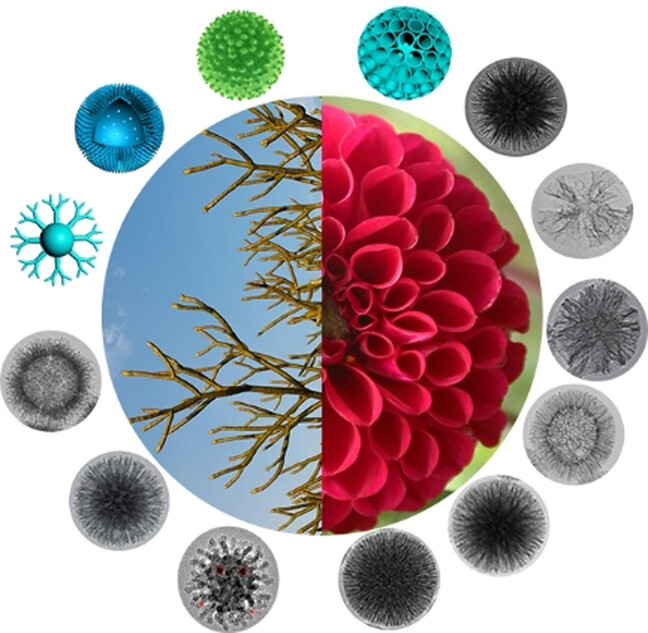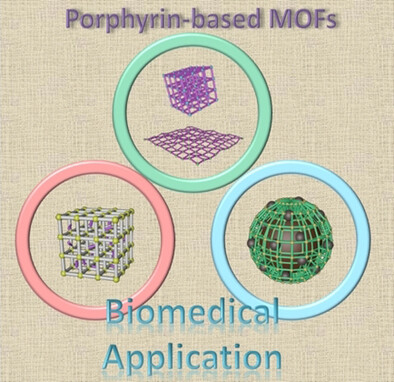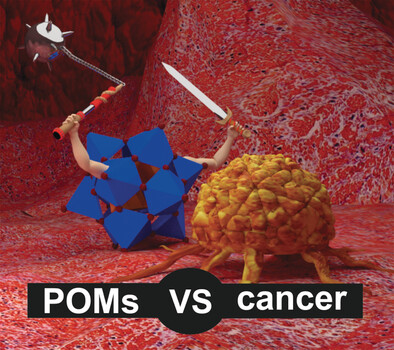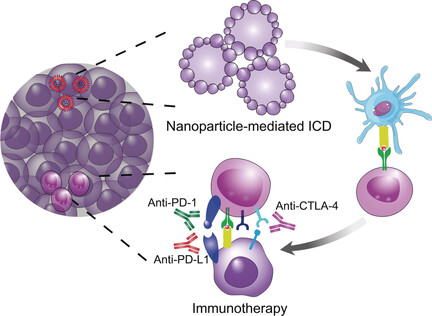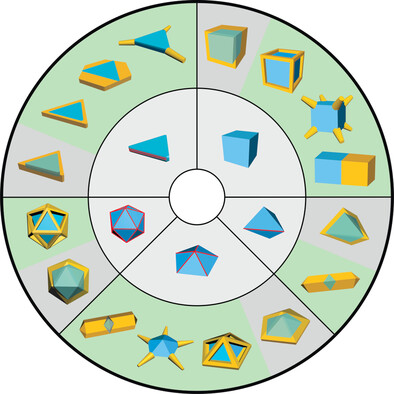Journal list menu
Export Citations
Download PDFs
Table of Contents
Biosensing with Fluorescent Carbon Nanotubes
- First Published: 03 January 2022
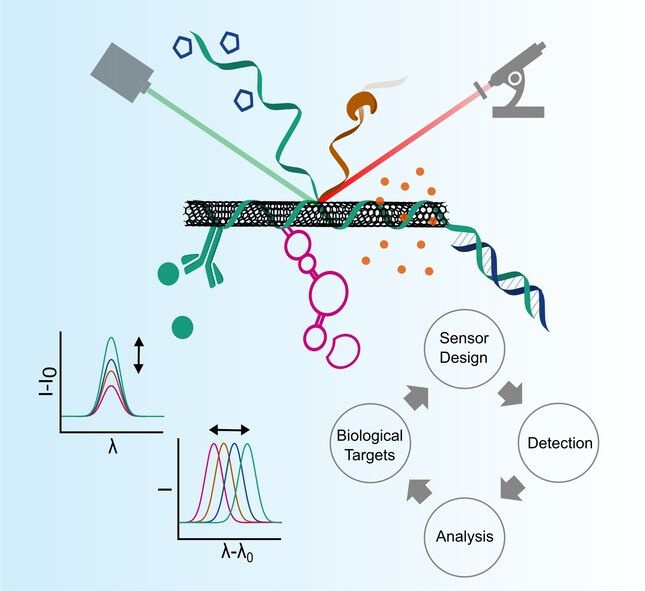
Optical biosensors are important tools for basic research and non-invasive diagnostics. Carbon nanotubes are versatile near-infrared fluorescent and non-bleaching materials that can be chemically functionalized to detect a broad variety of biomolecules. This Review highlights chemical design strategies and provides a comprehensive overview of the recent developments in this dynamic field.
Dendritic Mesoporous Nanoparticles: Structure, Synthesis and Properties
- First Published: 27 November 2021
Porphyrin-Based Metal–Organic Frameworks for Biomedical Applications
- First Published: 27 January 2020
Two-Dimensional Nanomaterials for Photothermal Therapy
- First Published: 04 February 2020
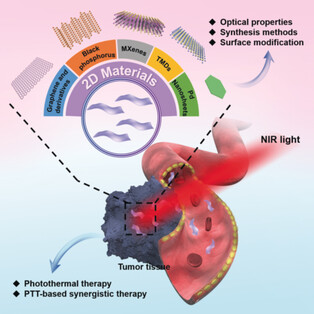
Cancer therapy: Recent progress in 2D nanomaterials for photothermal therapy including their optical properties, synthesis methods, surface modification, and applications is reviewed. The unique properties and advantages of 2D nanomaterials have been successfully used in photothermal therapy and combined photothermal therapy. This application will continue to be attractive and needs further exploration.
Lead-Free Halide Perovskite Nanocrystals: Crystal Structures, Synthesis, Stabilities, and Optical Properties
- First Published: 14 May 2019
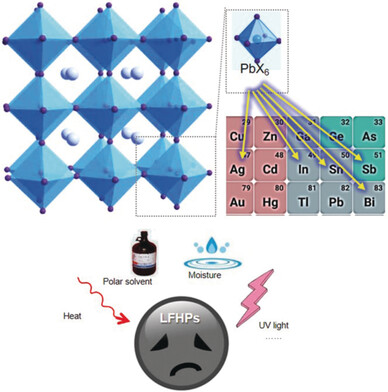
Taking the lead: This Review summarizes recent advances in widely studied lead-free halide perovskite nanocrystals, centering on understanding their crystal structures, synthesis methods, environmental stability, and optical properties. The challenges in this rapidly evolving field and opportunities to further improve the quality and stability of these nanocrystals are also provided.
Chemodynamic Therapy: Tumour Microenvironment-Mediated Fenton and Fenton-like Reactions
- First Published: 26 July 2018
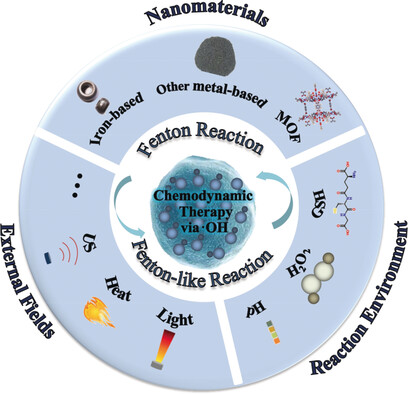
Radical approach: Recent rapid developments in chemodynamic therapy using the Fenton or Fenton-like reactions to generate .OH at tumour sites are discussed in depth in this Minireview. Emphasis is placed on the strategies designed to enhance therapeutic efficiency, providing guidelines for potential clinical translation.
When Nanozymes Meet Single-Atom Catalysis
- First Published: 17 June 2019
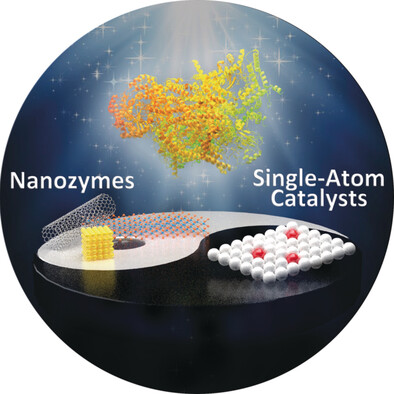
Single-atom nanozymes contain atomically active sites and they are similar to natural metalloenzymes; they hold great promise in sensing, degradation of organic pollutants, and in therapeutic applications. Moreover, single-atom catalysts help to unravel structure–activity relationships and thereby uncover the nature of biocatalysts at a single-atom scale.
Three-Dimensional Architectures Constructed from Transition-Metal Dichalcogenide Nanomaterials for Electrochemical Energy Storage and Conversion
- First Published: 21 August 2017
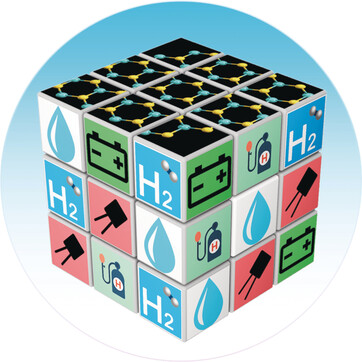
Electrochemistry in 3D: Three-dimensional transition-metal dichalcogenide architectures have shown great promise for electrochemical energy storage and conversion. This Review summarizes the commonly used strategies for the construction of such architectures, as well as their application in rechargeable batteries, supercapacitors, and electrocatalytic hydrogen evolution.
Innovative Strategies for Hypoxic-Tumor Photodynamic Therapy
- First Published: 29 May 2018
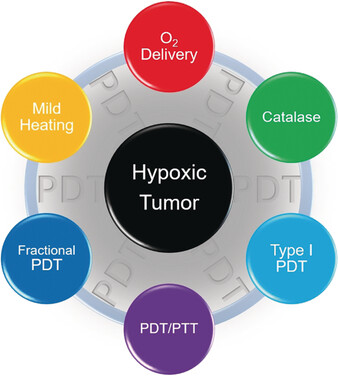
PDT beats hypoxia: Novel and robust strategies, which can improve the therapeutic efficacy of photodynamic therapy (PDT) for hypoxic tumors, have been widely investigated in recent years. These efforts have led to the development of new approaches that have changed the paradigm of PDT and provided solutions to some key problems.
Catalysis of Carbon Dioxide Photoreduction on Nanosheets: Fundamentals and Challenges
- First Published: 08 December 2017
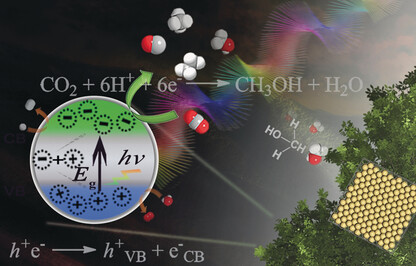
The transformation of CO2 into fuels and chemicals by photocatalysis with sunlight is a promising strategy to provide a long-term solution to mitigating global warming and energy-supply problems. Several two-dimensional materials have recently been designed for the photocatalytic reduction of CO2. This Review summarizes the state-of-the-art of such 2D photocatalysts, with special attention paid to the development of improved materials.
Polyoxometalates as Potential Next-Generation Metallodrugs in the Combat Against Cancer
- First Published: 12 June 2018
Nanoparticle-Mediated Immunogenic Cell Death Enables and Potentiates Cancer Immunotherapy
- First Published: 17 July 2018
Nanostructured Materials for Heterogeneous Electrocatalytic CO2 Reduction and their Related Reaction Mechanisms
- First Published: 06 February 2017
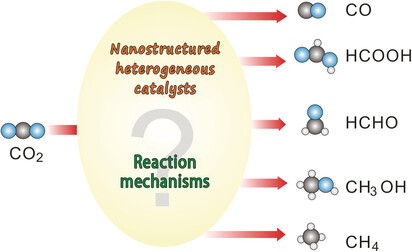
CO2 can do: Electroreduction of CO2 is an important CO2 conversion route because of its high environmental compatibility and good combination with other renewable energy sources. Nanostructured materials exhibit outstanding performances for heterogeneous electrocatalytic CO2 reduction. This Review describes recent advances for these nanostructured heterogeneous catalysts.
Luminescence, Plasmonic, and Magnetic Properties of Doped Semiconductor Nanocrystals
- First Published: 02 February 2017

Doping control: Doping semiconductor nanocrystals combines properties of both the dopant ion and the quantum confinement effect of the nanocrystal. This Review presents recent advances in synthesis, luminescence, photocatalysis, photovoltaic, plasmonic, magnetic, and magneto-optic properties of doped semiconductor nanocrystals.
Triplex DNA Nanostructures: From Basic Properties to Applications
- First Published: 26 April 2017
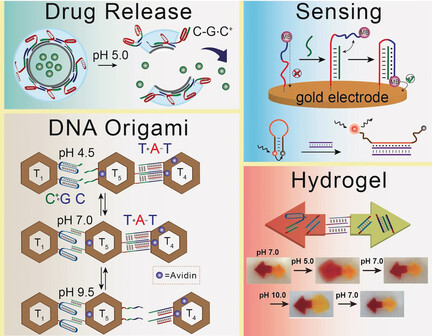
DNA triplex structures are stabilized by Watson–Crick and Hoogsteen/reverse Hoogsteen interstrand interactions. This Review summarizes recently reported DNA-triplex-based systems and their application as switches, sensors, and for controlled drug delivery. In addition, the implementation of DNA triplex structures for the design of stimuli-responsive materials is presented.
Modern Inorganic Aerogels
- First Published: 03 February 2017
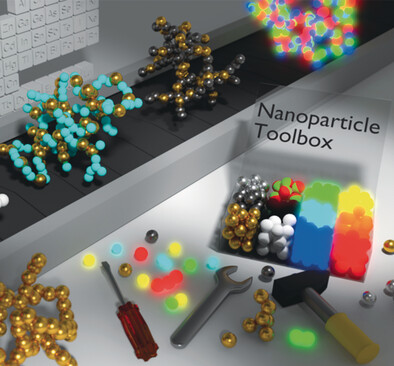
Make something big! The controlled destabilization of colloidal nanoparticles and the resulting assembly into macroscopic 3D structures enables the fusion of the nano and the macro worlds. Nanoparticles can be used like a toolbox to create materials with designed properties. This Review summarizes this exciting area of modern nanotechnology.





